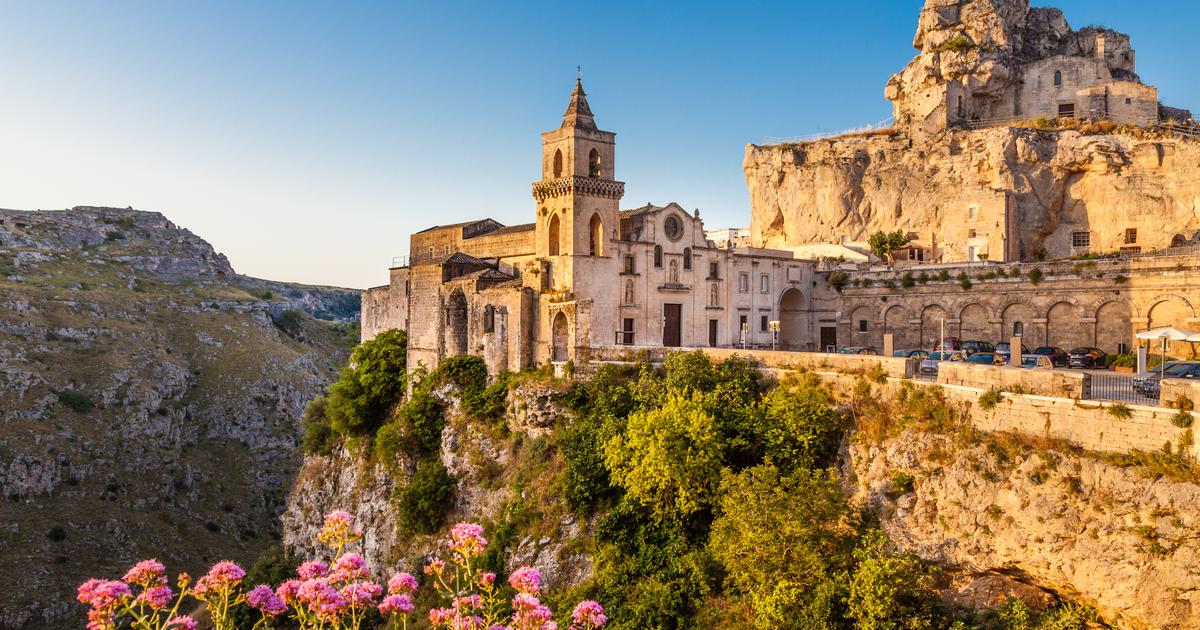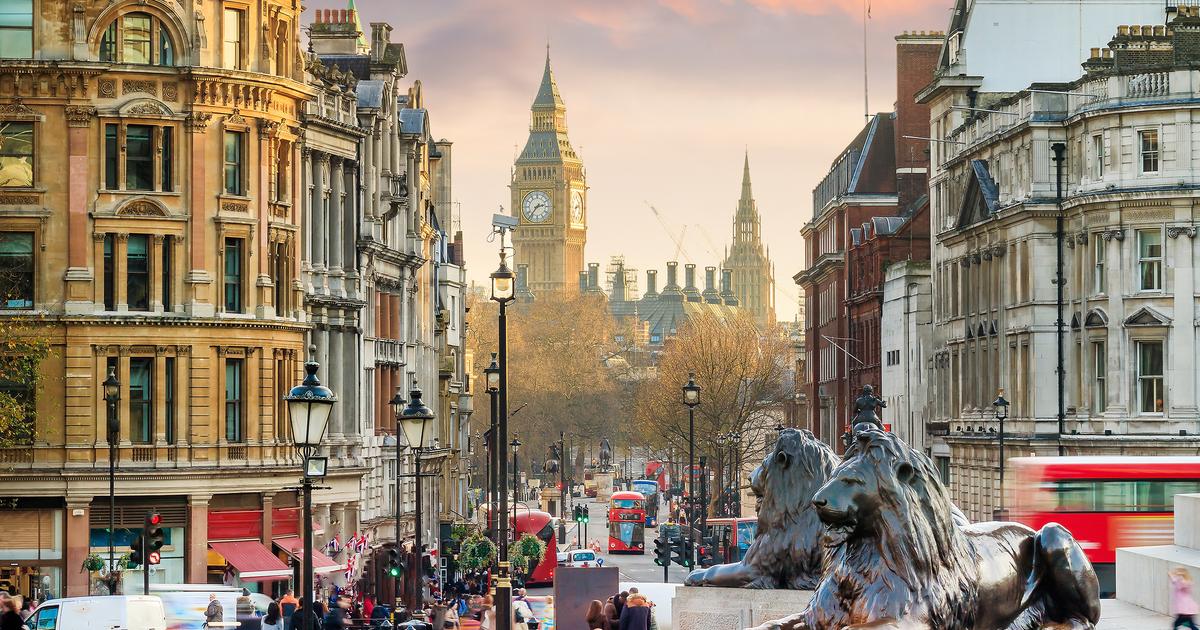In Mansfield Park, Jane Austen's most politically reviewed work, the lead, Fanny Price, is met with icy silence every time she asks her wealthy relatives, the Bertrams, about their connection to the island of Antigua. The subtext, as interpreted by Austen scholars since the 1990s, is that the Bertrams owe their fortune to the fact that they own slaves who collect sugar on the Caribbean island and that the wonderful property that gives the novel its title, Mansfield Park is built with the blood of slaves.
According to various studies, many of them compiled in a book entitled Slavery and the English country house , in which several historians participated, the very notion of the British aristocratic house is linked to the possession of slaves and the body that manages the heritage The public believes that it is time to stop behaving like the Bertrams every time the topic comes up and start putting it on the table.
It is a parallel debate to the one that occurs with the resignification of the statues - for some the only possible "resignification" is the one done with a crane, demolishing them - the need to explain what happened in those houses that now continue in many cases Occupied by the same families that raised them but are also open to the public, although in many others their past has been tried to silence with the pickaxe.
In places like Osborne , the summer mansion of Queen Victoria and Prince Albert on the Isle of Wight, visitors are already informed of the place's relationship to the slave trade. The queen, who actually died at Osborne in 1901, bought that house from the descendants of Robert Blachford, a slave dealer.
Now, the place, which Alberto designed as a pastiche of an Italian Renaissance palazzo , receives thousands of visitors a year, who entertain themselves by browsing the alpine chalet that the queen had brought piece by piece from Switzerland for her children to play, or the "machine bathing "private from the monarch, a shed with wheels that took her to the sea, since the house also includes a private beach. It becomes obvious, however, to point out that while the royal family was summering there, the servants were Indians, as Victoria decided when she became Empress of India.
In Bristol, an agency called Firstborn Creatives works on several historic properties in the area, taking racial minority children to visit houses such as Clevedon Court , a 14th-century mansion that has been undergoing refurbishment in different artistic periods, focusing on its connections to the It is about slaves, and not on its Gothic Revival roofs.
"We need to be able to relate to the information presented to us on our own terms to be able to make sense of our own individuality in relation to the world. When we look at the faces and scenes of a historical painting and see no one represented One of the valid questions that we can ask ourselves is: “What would I have been doing at that moment?” If we add to this dynamic the power dimension of cultural and class hegemony, the following Pertinent question is: 'Where have they hidden me? ", explains Rob Mitchell, one of the promoters of the initiative in the cited book, published by English Heritage.
Other actions include taking ethnic minority children to Tyntesfield House, another spectacular Victorian-era Gothic Revival house, and explaining that this mansion during World War II served to house wounded black American soldiers. The segregationist laws that were still in effect in the United States were maintained even under these circumstances, and black and white soldiers were often cured separately in Europe.
There is also a working group consisting of organizing lunches at the Fairfield House for the Elderly of the BEMSCA association, which brings together ethnic minority elders from Bath, to discuss their experiences of post-colonialism. The palace was for a season the residence of Haile Selassie, the Emperor of Ethiopia.
In general, it is a matter of adapting the museography of these places to make it more inclusive and avoid leaving out the biographical experience of a large part of the population. The sector of historical visits has, in fact, an inclusion problem: according to a study, citizens belonging to racial minorities are 50% less likely to visit a place linked to heritage.
The relationship between slavery and British historical houses has several levels. The first is the most obvious, the money that served to finance them when most of them were built or rebuilt, between 1660 and 1820, comes in many cases from the slave trade or from the trade exploiting slaves (of sugar, for example) .
In 1833, Britain abolished slavery in all its colonies, and passed a decree that former slave owners were to receive up to £ 20 million in compensation for the damage caused. Many of them used that extra item to buy or restore stately homes across the UK.
In addition, in many cases, merchants who had become rich and had access to the dream of the patrician house - previously reserved only for the nobility - and who had a lot to do with the proliferation of these spaces at the end of the 17th century, used the notions of sensitivity, gentleness, and cultural refinement - and the romance of history associated with those places - to distance themselves from their connections to slavery in the Atlantic, as reflected by Austen at Mansfield Park.
The origin of the money that paid for these houses ended up being reflected even in the aesthetics of the buildings and gardens. Dodington , a gigantic construction now owned by Sir James Dyson, the vacuum cleaner magnate, was renovated in the late 17th and early 18th centuries by the Codrington family, who made their fortune from the Caribbean sugar plantations where slaves worked. Several historians have pointed out that both its interior and exterior, with a very particular portico, reflect a style reminiscent of that of the West Indies. Dyson has spoken several times about how he used to visit her as a child with his parents. Now, however, the billionaire doesn't have it open to the public even on certain days of the year.
Commitment: not to romanticize spaces with a history of slavery
The debate on the historical burden of buildings and what to do with them in the 21st century has also intensified in recent years in the United States. Last year, the Pinterest social network and The Knot website, a very popular wedding planning portal, announced that they would stop posting content that would "romanticize" weddings on cotton plantations, which are still very popular in the southern states of U.S.
That meant, for example, that the wedding photos of Blake Lively and Ryan Reynolds, who in 2012 were married in Boone Hall (Charleston), a place where thousands of African-American slaves had to produce bricks and pick nuts , were removed. peaches. "Weddings should be a symbol of love and unity. Plantations do not represent any of those things," said the statement from Pinterest and The Knot, which responded to a request from an NGO called Colors of Change.
The organization emphasized that the plantations, which often retain stately buildings with large column porticos, in the style of Twelve Oak Trees, Ashley Wilkes' house in Gone With the Wind , "are physical reminders of one of the most horrible abuses of the human rights the world has seen. And the wedding industry continually denies the conditions under which blacks worked when promoting them as romantic places. "
That those places have memories is also known by those who are perfectly aware of their racist past. When a white supremacist, Dylann Roof, murdered nine African Americans in a Charleston church in 2015, one of the photos that emerged from his past was of him, dressed in black, posing in the garden of the McLeod plantation, in the same city. The site is now a public park offering "interpretive tours" in which the visitor is taken, for example, to compare the McLeod family mansion with the slave quarters.






/cloudfront-eu-central-1.images.arcpublishing.com/prisa/TDCBEVLLRFEQ7OHE6JE6GJ7GQA.jpg)
